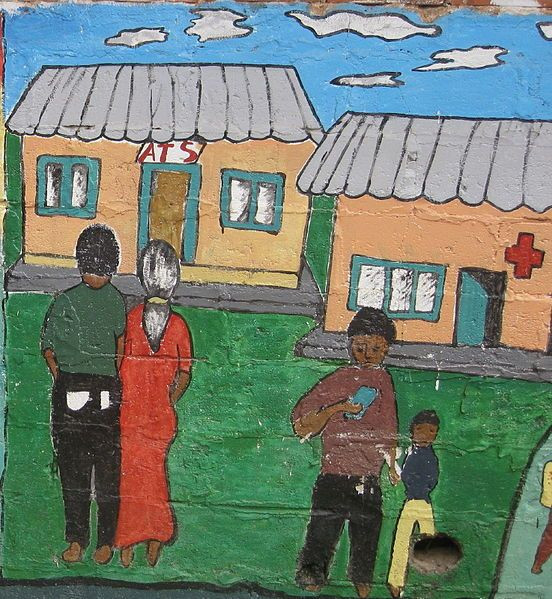HIV In Brooklyn On The Rise, Particularly Among Borough's Young Black Gay Men

While rates of new HIV infections in New York City have almost halved in the past ten years, statistics from New York's Department of Health and Mental Hygiene (DOHMH) show that more than half of new HIV infections were among men who have sex with men (MSMs) — specifically young men under 30.
In fact, new diagnoses of HIV infection among MSMs under 30 rose from 232 in 2001 to 491 in 2011.
"Complacency among the young that HIV/AIDS is just a matter of taking one pill a day" can make them less likely to practice safe sex, explained C. Virginia Fields, president & CEO of the National Black Leadership Commission on AIDS, to CityLimits.
Close to 112,000 people were living with HIV/AIDS in New York City as of June 2011, but the true number, doctors with DOHMH believe, is possibly 20 percent higher since many people do not get tested and do not know their status.
New infections also disproportionately affect the black and Hispanic communities, which accounted for nearly 80 percent of the newly diagnosed cases. The majority live in central Brooklyn neighborhoods — Bedford-Stuyvesant, Crown Heights, Williamsburg, Bushwick and East Flatbush — areas that are already home to the city's largest group of those living with the disease.
Although infection among young MSMs is rising, they are not alone in contracting the disease. Many MSMs do not identify as gay, preferring to hide their sexual preferences for other men, and some doctors believe they are infecting their black female partners, who made up 79 percent of all new HIV cases among Brooklyn women in 2011.
In fact, black women are "bearing a disproportionate burden of disease compared with their white or Hispanic counterparts," said Dr. Kevin Fenton, director of the National Center for HIV/AIDS, Viral Hepatitis, STD and TB Prevention at the Centers for Disease Control and Prevention, in an interview with NPR.
While about 80 percent of black women become infected through sexual transmission from male partners who are HIV infected, the remaining 20 percent become infected because of injecting drugs. Some of their male partners, Fenton believes, may also have become infected by injecting drugs and not through sexual activity.
As disturbing as the numbers in Brooklyn may be, an infrastructure of healthcare services specific to the disease has been in place within the borough for decades. Dr. Jeffrey Birnbaum has been operating HEAT/FACES, a network of HIV/AIDS clinics, for almost 25 years while Brooklyn AIDS Task Force, which serves minority communities, has been around for about the same length of time.
Published by Medicaldaily.com



























